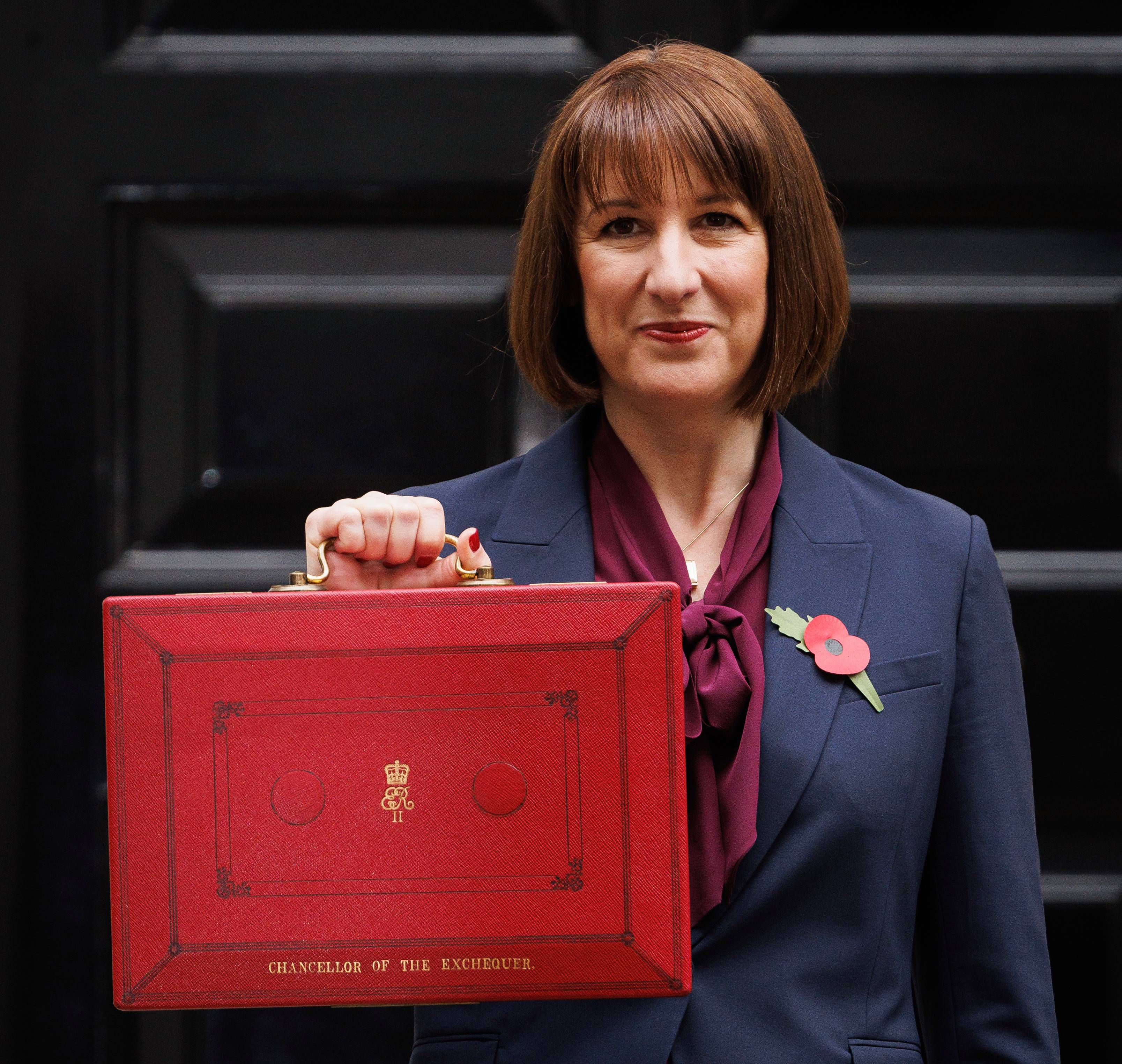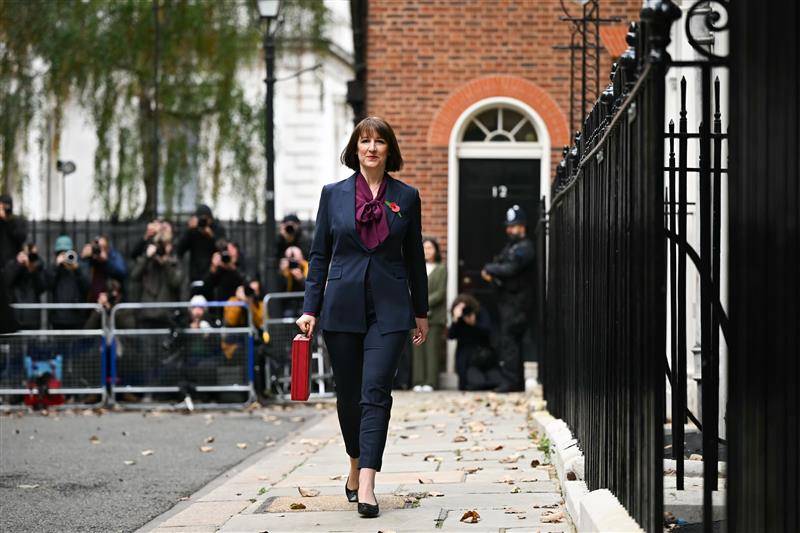Investing over the next decade: what should charities expect?
We look ahead to some key economic expectations for the next ten years in a changing world, and ways in which charities investment strategies could be aligned accordingly.

Article last updated 22 July 2025.
The global economy has experienced significant disruption in recent years, primarily caused by the pandemic and significant geopolitical instability. Looking ahead to the next decade, we anticipate that the investment landscape may require different strategies for charity investment managers than what worked best over the last ten years.
Inflation: a new, ‘old normal’
It’s important to recognise that the 2010s were something of a historical outlier: interest rates were at their lowest in hundreds of years and, in terms of volatility, inflation was the second lowest it has ever been. As such, we expect that the ‘new normal’ of the next decade is more likely to look like the ‘old normal’ – in other words, the world prior to the financial crisis of 2008.
We expect inflation to be higher and more volatile than it has been in the last decade. Several factors could contribute to this, including the significant risk of further geopolitical uncertainty; governments being more willing to spend on industrial policies; deglobulisation leading to the rise of regional economic blocs; and the potential for extreme weather events due to climate change, which could increase volatility in food prices.
Slowing economic growth
The average pace of global economic growth is likely to slow over the next decade. One of the most significant contributing factors will be slower growth in global working-age populations. This will be a particular challenge in China, which is already seeing a decline in its working-age population. We think this will contribute to a passing of the torch, with India now the fastest growing large emerging economy.
A revival of public investment in infrastructure and strategic sectors such as energy and semiconductors could potentially help improve the global economic outlook. That said, we’re still projecting growth to be a little weaker over the coming decade than in the 2010s.
What’s more, while new technologies such as artificial intelligence offer opportunities to lift productivity, history suggests that it’s too early to incorporate these into our forecasts.
What does this mean for charities and their investments?
From a charity investment perspective, although these shifting trends suggest a need to adapt, they also present opportunities.
Better bonds. With a higher interest rate environment expected, bonds and other fixed-income assets are already yielding significantly higher returns than in the previous decade and we expect them to play a bigger role in long-term investment portfolios. However, with inflation and interest rates also expected to be more volatile, this will require active management of portfolios. Additionally, in the previous decade, bonds acted as useful ballast in portfolios and their low but steady returns helped smooth out swings in the performance of other assets. More recently we have seen bonds moving in tandem with equities – highlighting the importance of having portfolios that include other diversifying assets, such as gold and selected hedge funds.
Evolving equities. While the outlook may suggest a more difficult environment for equities, we still expect them to deliver returns well in excess of inflation over the long term. Economic cycles and geopolitical shocks come and go, but over long enough horizons their effects tend to wash out, and equities generally have a record of delivering greater-than inflation returns over ten-year periods. However, a key change we expect within the equity markets is that the overwhelming dominance of the US will fade – a key reason is valuations. Investors pay more per dollar of earnings for companies with the same fundamentals listed in the US versus the rest of the world, which is hard to justify and unlikely to continue indefinitely. We also project that returns from emerging market equities will be similar to those from US and UK stocks; attempts by major developed economies to diversify supply chains away from China should support other emerging economies, while the expected weakening of the dollar would also provide a boost.
Careful planning for an unknowable future
As long-term investor, we face a fundamentally unknowable – and therefore unpredictable – future. However, we can’t avoid making judgments about it, so we’ve tried to draw out some simple features that can help us frame how we make investment decisions for your charity with a level of confidence. Even if we can’t foresee exactly what will happen.
If you’d like to read more about our views on what the next decade may have in store for investing, please download our report, Investing for the next decade.
|
The content contained in this article is for information purposes only and does not constitute formal advice or a recommendation to purchase any product or service. You should always take appropriate advice from a professional, who has made an evaluation at the point of investing. If you would like to speak to us about your investment needs, please contact your Rathbones investment manager or visit our contact us page. |



